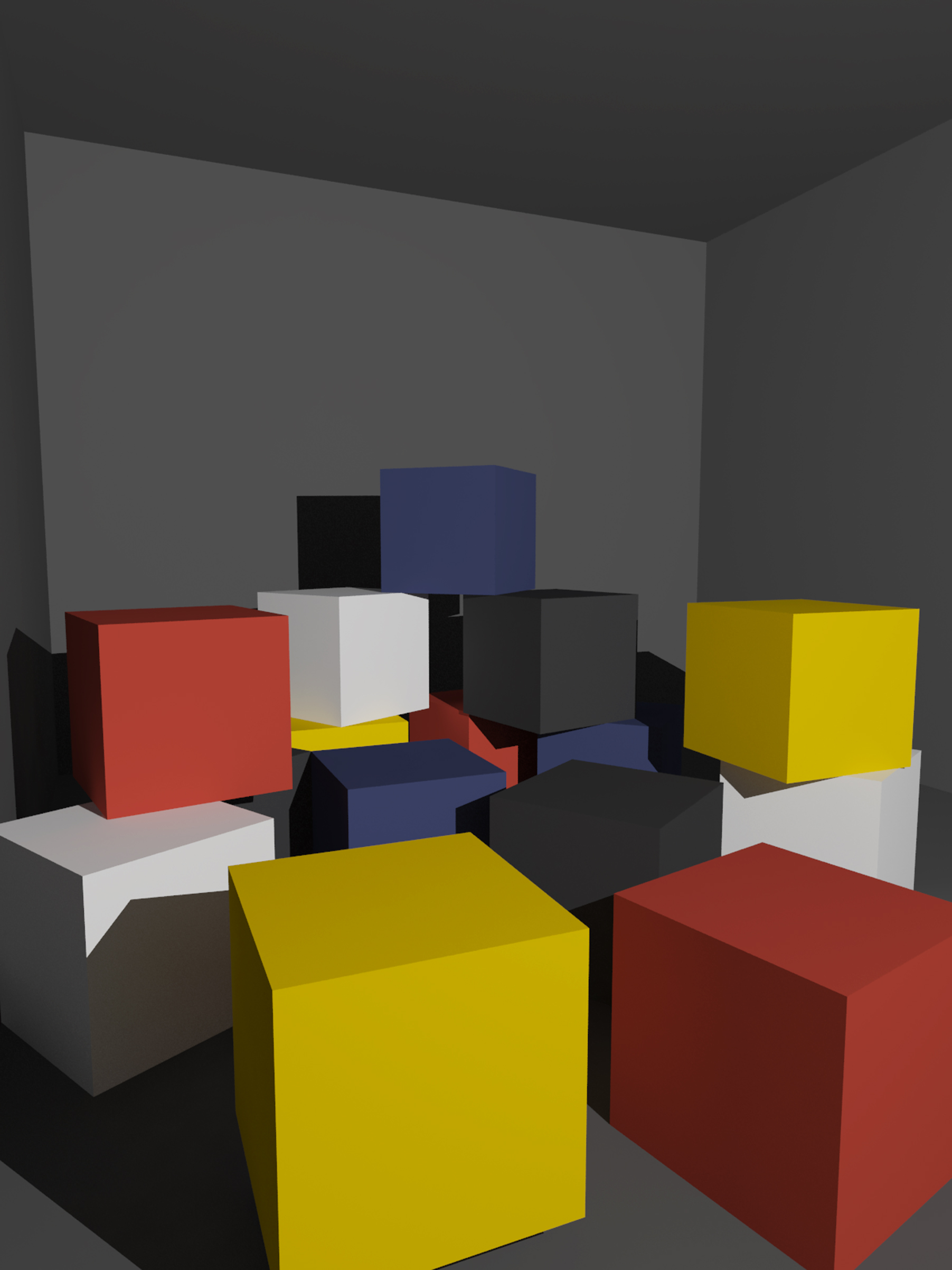อิทธิพลของทิศทางแสงที่ส่งผลต่อการเปลี่ยนแปลงค่าความสว่างของสีวัตถุ
คำสำคัญ:
การเก็บค่าสี, สถาปัตยกรรม, เมืองเก่า, ค่าความสว่างของสีบทคัดย่อ
ปัจจุบันวิธีการเก็บค่าสีทางสถาปัตยกรรมมีหลากหลายวิธี วิธีการถ่ายภาพและเก็บค่าสีด้วยระบบดิจิตอลเป็นวิธีหนึ่งที่นิยมใช้ หากแต่วิธีดังกล่าวยังไม่มีการนำปัจจัยเรื่องทิศทางของแสงสว่างและตำแหน่งอาคารมาปรับใช้ร่วมกับการเก็บค่าสีทางสถาปัตยกรรม ซึ่งเป็นปัจจัยสำคัญที่ส่งผลต่อค่าสีวัตถุที่วัดได้มีความแตกต่างไปจากสีเดิมของวัตถุ ดังนั้นงานวิจัยชิ้นนี้ มีจุดประสงค์เพื่อศึกษาและวิเคราะห์การเปลี่ยนแปลงของค่าความสว่างของสี (brightness) เมื่อมีทิศทางของแสงส่องมายังวัตถุแตกต่างกัน โดยเก็บข้อมูลค่าสีจากหุ่นจำลองทรงลูกบาศก์ทั้งหมด 5 สี และวิเคราะห์การเปลี่ยนแปลงของค่าความสว่างสีวัตถุแต่ละด้าน พบว่าเมื่อทิศทางแสงเปลี่ยนแปลงในแนวตั้งจาก 0 องศา เป็น 30 และ 60 องศา ค่าความสว่างของสีส่วนใหญ่ลดลงไม่เกินร้อยละ 15 แต่เมื่อทิศทางแสงในแนวตั้งเปลี่ยนจาก 60 องศา เป็น 90 องศา ค่าความสว่างของสีลดลงเฉลี่ยที่ร้อยละ 80 การเปลี่ยนแปลงนี้ส่งผลต่อค่าสีขาวและสีดำโดยตรง นอกจากนี้ยังพบว่ามีปัจจัยด้านค่าสี (hue) และค่าความอิ่มตัวของสี (saturation) ที่ส่งผลต่อค่าสีของสีเหลือง สีแดง และสีน้ำเงิน โดยเฉพาะอย่างยิ่งค่าความอิ่มตัวของสีเหลืองที่วัดได้มีค่าต่ำกว่าสีเบื้องต้นมากกว่าร้อยละ 50 ในขณะที่ค่าความอิ่มตัวของสีแดงและสีน้ำเงินมีความแตกต่างจากสีเบื้องต้นไม่เกินร้อยละ 20 งานวิจัยนี้ได้นำไปปรับใช้ร่วมกับการเก็บค่าสีทางสถาปัตยกรรมในพื้นที่เมืองเก่าสงขลา โดยการวิเคราะห์ทิศทางของแสงอาทิตย์, ตำแหน่งอาคารและค่าความสว่างสี และเพื่อให้วิธีการนี้มีความสมบูรณ์มากยิ่งขึ้น จึงเสนอให้มีการทดลองกับสีอื่นๆ และแบบจำลองที่หลากหลายมากขึ้น รวมถึงวิเคราะห์ค่าเนื้อสีและค่าความอิ่มตัวของสีเพิ่มเติม
References
Changnawa, T. & Chansomsak, S. (2018). Rubbab si khong ongprakob tang sathapattayakam phuentee yan thanon Bam Rung Mueang, Krungthepmahanakhon. (In Thai) [Color Patterns of architectural elements on Bam Rung Muang Road, Bangkok]. Built Environment Inquiry Journal. 17 (1), 118-131.
Delahunt, P. B., & Brainard, D. H. (2004). Color constancy under changes in reflected illumination. Journal of Vision, 4 (9), 764-778.
De Mattiello, M. L. F. & Rabuini, E. (2011). Colours in La Boca: patrimonial identity in the urban landscape. Color Research & Application, 36 (3), 222-228.
Foster, D. H., & Nascimento, S. M. C. (1994). Relation color constancy from invariant cone-excitation ratios. Proceedings of the Royal Society of London Series B – Biological Sciences, 257 (1349), 115-121.
Hansen, T., et al. (2006). Memory modulates color appearance. Nature Neuroscience, 9 (11), 1367–1368.
Hering, E. (1920). Grundzüge der Lehre vom Lichtsinn (In German) [Basic principles of the doctrine of the sense of light]. Berlin: Springer.
Jirawongsapan, W., & Tachakitkachon, T. (2018). Karn priapthiap ongprakob tang sathapattayakam dan si mueang kao Nan lae Phayao. (In Thai) [Comparison of color element in historic townscape of Nan and Phayao]. (Master’s thesis). Bangkok: Chulalongkorn university.
Kuo, M. & Tseng, Y. (2011). Landschaftsfarben in Yangmingshan. (In German) [Landscape colors in Yangmingshan]. Licht Trifft Farbe, 137, 27-29.
Lenclos, J.-P. & Lenclos, D. (2004). Colors of the world: the geography of color. New York: Norton.
Molanaie, E. (2017). The effect of color on urban beautification and peace of citizens. International Journal of Engineering Science Invention, 6 (3), 12-16.
Nascimento, S. M. C. & Foster, D. H. (1997). Detecting natural changes cone-excitation ratios in simple and complex colored images. Proceedings of the Royal Society of London Series B – Biological Sciences, 264 (1386), 1395-1402.
Nguyen, L. & Teller, J. (2017). Color in the urban environment: a user-oriented protocol for chromatic characterization and the development of a parametric typology. Color Research & Application, 42 (1), 131-142.
Siple, P. & Springer, R. M. (1983). Memory and preference for the colors of objects. Perception & Psychophysics, 34, 363–370.
Tomic, D. & Maric, I. (2011). Colour in the city: principle of nature-climate characteristic. Architecture and Civil Engineering, 9 (2), 315-323.
Wang, J., Jiang, Z. & Sun, H. (2013). Investigation and analysis on color characteristic of modern architecture in Nantong. China Academic Journal Electronic Publishing House, 2 , 54-57.
Zhang, X. F. & Di, X. (2013). Preliminary investigation and planning on urban colorscape of old town of Lhasa. Journal of Tibet University, 2, 78-84.



